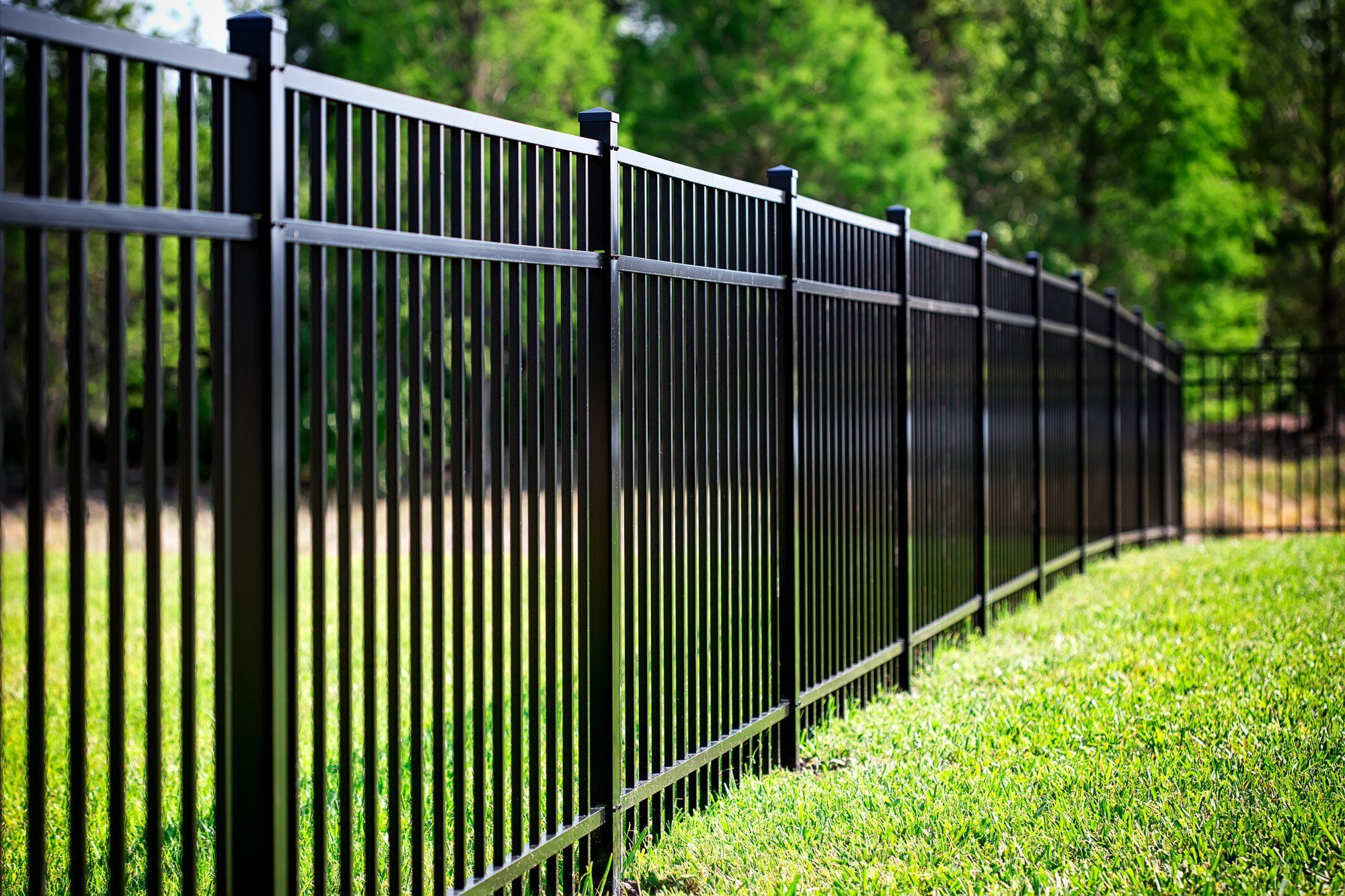All Categories
Featured
Before the installment process starts, it's important to effectively prepare your home to make sure that every little thing goes efficiently. Right here's a guide on exactly how to prepare your residential or commercial property for fence installment.
Furthermore, check for any kind of underground challenges like lawn sprinkler systems, irrigation pipelines, or utility lines. You can generally contact your local energy firm to mark the areas of these below ground attributes to protect against unexpected damages throughout installation. It's always best to make certain the ground is without blockages prior to the specialist starts excavating.
![]()
![]()
Final thought. Preparing your property for fence setup is a critical action in the process that can save you cash, time, and stress. By recognizing regional regulations, noting residential property lines, getting rid of the setup area, and communicating with your next-door neighbors, you can make sure a successful and smooth installment. Taking the time to prepare effectively will not just make the installment process less complicated yet also result in a beautiful, durable fencing that improves your residential property for many years to come.
- Examine Local Rules and Permits. Prior to beginning the physical prep work, it's essential to understand the local policies bordering fence setup. You might require to acquire an authorization before installation or verify with your Homeowners Organization (HOA) if you live in a community with specific guidelines.
- Mark Your Residential Property Lines. Understanding specifically where your building lines are is vital to make certain the fence is mounted properly. You don't desire to accidentally construct part of your fence on your next-door neighbor's land, as this could lead to disagreements.
- Clear the Installation Location. Next off, you need to prepare the area where the fencing will be set up. These products can conflict with the fencing setup process and may require additional labor or devices to remove, which could raise expenses and time.
Furthermore, check for any kind of underground challenges like lawn sprinkler systems, irrigation pipelines, or utility lines. You can generally contact your local energy firm to mark the areas of these below ground attributes to protect against unexpected damages throughout installation. It's always best to make certain the ground is without blockages prior to the specialist starts excavating.

- Take Into Consideration Gain Access To for Installation Equipment. Throughout the fence setup process, heavy devices such as blog posts, diggers, or trucks might require to access your residential property. Cleaning the path additionally assists to prevent damage to your grass, landscape design, or any kind of structures near the setup area.
- Connect with Neighbors. If you're installing a fencing on or near the home line, it's courteous to educate your next-door neighbors regarding the project in advance. If you're working with a specialist, ask them to be mindful of your next-door neighbor's building during setup.
- Select Your Fence Material and Style. Prior to setup begins, select the kind of fencing product and design you want. There are different alternatives to select from, consisting of timber, vinyl, light weight aluminum, chain-link, and wrought iron, each with its advantages and disadvantages. Consider your objectives for the fencing-- whether it's personal privacy, safety, aesthetics, or reduced maintenance-- and how each product matches your requirements. Additionally, make certain to connect your choice with the contractor so they can prepare as necessary, guaranteeing they have all the essential products available for a smooth setup.

- Prepare for the Final Touches. If you've chosen for a decorative or custom-made style, the installment group might need additional time to guarantee every little thing lines up as intended. It's a good idea to inspect the fencing once the setup is complete to ensure everything satisfies your assumptions.
Final thought. Preparing your property for fence setup is a critical action in the process that can save you cash, time, and stress. By recognizing regional regulations, noting residential property lines, getting rid of the setup area, and communicating with your next-door neighbors, you can make sure a successful and smooth installment. Taking the time to prepare effectively will not just make the installment process less complicated yet also result in a beautiful, durable fencing that improves your residential property for many years to come.
Latest Posts
Don’t Miss Limited-Time Auto Repair Specials in Chicago at Montclare Auto Repair
Published May 28, 25
1 min read
Explore Save Big on Car Maintenance with Montclare Auto Repair’s Limited-Time Deals
Published May 28, 25
1 min read
Explore the Premier Auto Repair Deals in Montclare, Chicago
Published May 25, 25
1 min read
More
Latest Posts
Don’t Miss Limited-Time Auto Repair Specials in Chicago at Montclare Auto Repair
Published May 28, 25
1 min read
Explore Save Big on Car Maintenance with Montclare Auto Repair’s Limited-Time Deals
Published May 28, 25
1 min read
Explore the Premier Auto Repair Deals in Montclare, Chicago
Published May 25, 25
1 min read